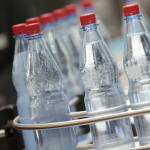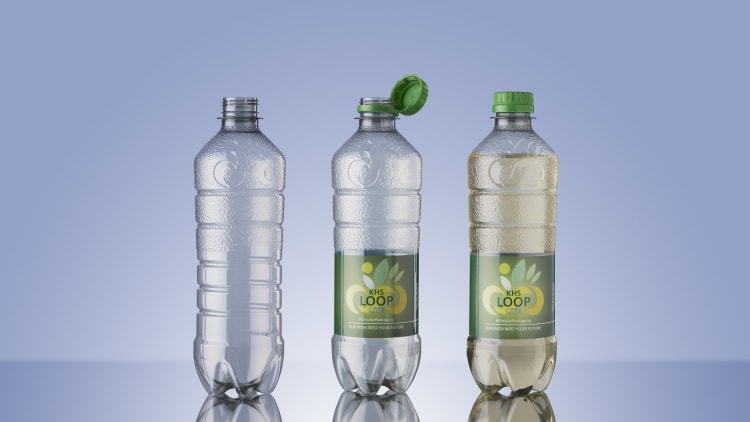
PET or glass bottle, aluminium can, beverage carton or maybe even a paper bottle, single use or multiple use - there is a huge range of choices for packaging beverages. But which is the most sustainable? The focus has increasingly been placed on ecological aspects over the last few years in this sector. And not only for packaging material: these aspects have also become important for filling and actual packaging processes.
Some beverages simply come with classic packaging. We usually buy beer or wine in a glass bottle, milk in a carton and soft drinks in a PET bottle. Over the last few years, however, customers have become ever more critical, and sustainability issues have grown in importance for the beverages sector. Plastics especially now have a bad reputation - which is often undeserved. How well a type of packaging fares when looking at the ecological balance depends on many different factors. Experts therefore are hesitant to give general advice.
A short overview: Glass bottles are neutral in taste, but also fragile and heavy. However, they are more suitable for multiple uses than any other type of packaging. PET bottles, too, can be refilled several times and then recycled. They are shatterproof and notably lighter than glass bottles. Plastics, however, have had a bad reputation with customers for some time now, in spite of the very high recycling quota for PET beverage bottles in Germany at more than 94 percent. Beverages in aluminium cans still enjoy popularity. But the extraction of the raw material and the production of the cans from raw aluminium comes with a huge cost in terms of energy, so everything comes down to the collection quota, because there is no limit to the number of times the cans can be recycled. Beverage cartons are also always single use, but they are for the most part made from renewable raw materials. Improved procedures meanwhile ensure that the cardboard, aluminium and plastics components are separated. The Umweltbundesamt, the German Environmental Agency, therefore classifies them as “single use packages with ecological advantages”.

The weight-reduced bodies of the bottles developed by KHS are made of 100 percent rPET and a hair-thin inner coating of glass. Copyright: Frank Reinhold
Will there be paper bottles?
At the end of 2016, the Carlsberg Group presented the “Green Fiber Bottle”, their prototype for a paper bottle, for the first time. In the summer of 2020, the beverages corporation Diageo announced the first paper-based spirits bottle for Scottish Johnny Walker whisky, but so far there has been no large introduction to the market. In the beginning of 2021, for the first time in Europe, Coca Cola offered a plant-based beverage to 2,000 consumers in Hungary that came with a paper bottle. No further steps were taken after this test offer, however.
Since the development of sustainable bottles made of fibre, work on their optimisation has never ceased. The goal: a completely organic paper bottle. Currently, the “classic” paper bottle still consists of paper coated with a thin layer of PE, which, however, can be easily peeled off during the processing of waste paper, separated and then recycled. One disadvantage of polyethylene is that it doesn't work very well for carbonated beverages, and these usually require a PET coating that is a bit thicker.
The Carlsberg brewery took things a step further this year: The bottles for a large-scale consumer test are coated with PEF (polyethylene furanoate) an organic polymer with similar properties to PET. It acts as a highly effective barrier between the beer and the outer hull made of fibres, protects the taste and is supposed to retain the carbonic acid of the beer better than conventional PET. The biopolymer is also both compatible with PET recycling systems and biodegradable. The current prototypes are an already improved variant which features the PEF coating as well as a new bottom to improve the stability of the bottle. The next generation of bottles are planned to be made available with a fibre-based lid and cap, too.
Lightweight glass bottle for multiple use
Glass is a popular packaging material for beverages. Its greatest disadvantage is only its high weight, because in direct comparison, PET bottles can be up to 90 percent lighter than the multiple use variety made of glass. But manufacturers of glass packaging are working on light versions, for example made of tempered lightweight glass. Reusable bottles produced this way are not only up to 30 percent lighter than the standard variety, they are also more resistant to abrasion, which can turn them into a real alternative both economically and ecologically. However, the thermal treatment that in the end gives the glass its greater stability limits the possibilities of product design. Variations in wall thickness present an especially difficult challenge during the process.


